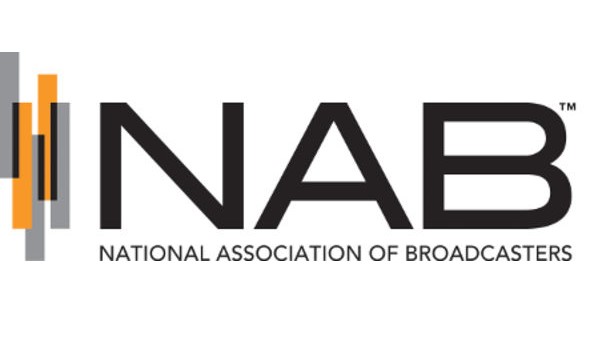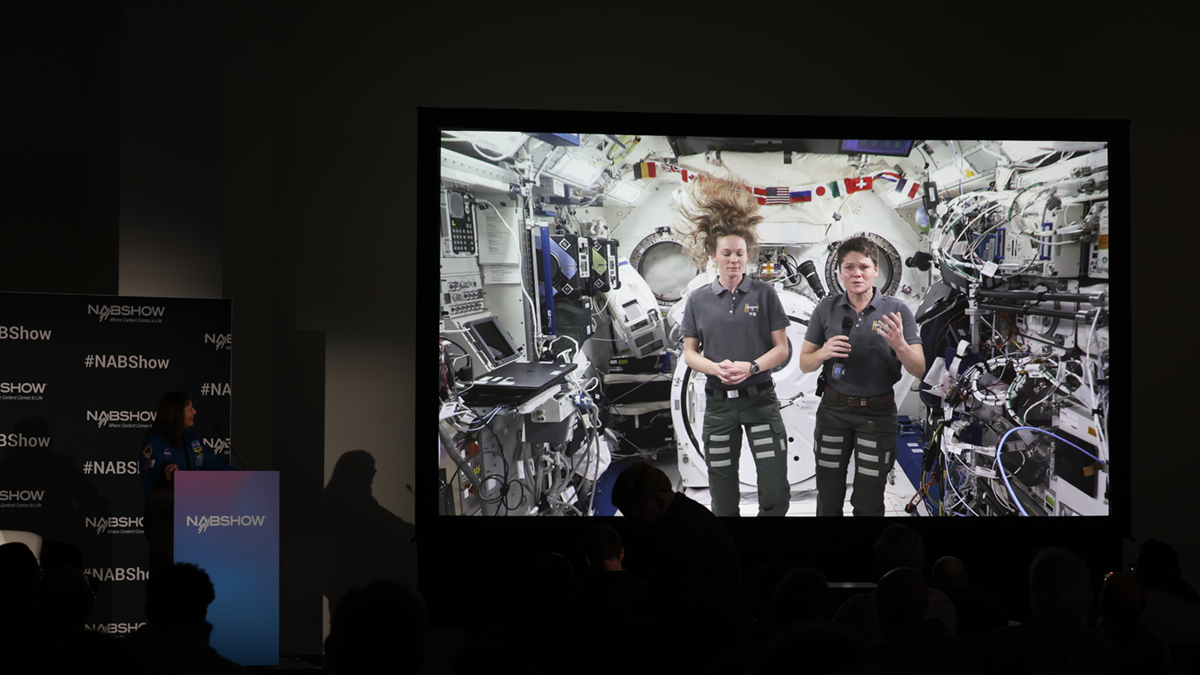NAB: C-Band Cost Catalog Underestimating Transition Costs
Asks that any final version of the cost catalog be delayed until after COVID-19

WASHINGTON—The NAB has provided its two cents in the proposed cost catalog for the C-band transition that was previously released by the FCC’s Wireless Telecommunications Bureau, with its primary objection being that the current version of the catalog underestimates the actual cost for those making the transition.
In comments filed regarding the bureau’s public notice, the NAB said that it finds a number of the estimated costs accurately reflect the work that will be needed, however, other areas underestimate the potential cost. The NAB also said that the catalog should be consistent with the description of technology upgrades provided in the FCC’s original Report and Order, and that any finalization should be delayed until after COVID-19 impacts can be determined.
When judging whether or not the costs given were accurate, the NAB said it relied on its TV and radio members, and the circumstances for which the costs were deemed insufficient were not based on “worst case” scenarios.
NAB found that the largest potential cost error was related to costs for integrated receiver/decoders. The organization argued that the estimated cost of $5,000-$35,000 per transponder would be appropriate for an individual IRD, but many broadcast stations and cable operators may require thousands of IRDs for each transponder. Ultimately, the cost of IRDs could result in millions of dollars per transponder. NAB says that the catalog should be clarified that the $5,000-$35,000 cost is “per IRD” rather than “per transponder.”
NAB and its members also found errors with the estimates for cost per transponder for encoding and statmux equipment; passband filter installation costs; missing cost estimates for installing 5.6-, 7.3-meter or larger antennas; low cost ranges for supporting equipment for an antenna installation; and lighting kit costs only included for certain types of receive only Earth stations.
In addition, NAB found that the catalog does not establish a timeframe for dual illumination costs; that it doesn’t take into account potential implications of delays related to COVID-19 or any changes in trade policy; and the organization also urges the Wireless Telecommunications Bureau to implement a single table that includes all likely categories of costs for stakeholders to reference when seeking reimbursement.
NAB has also noted inconsistencies with the cost catalog and the original Report and Order. One area is where the catalog suggests that space stations would have the “sole discretion” to determine technology upgrades and equipment for relocating existing services.
Get the TV Tech Newsletter
The professional video industry's #1 source for news, trends and product and tech information. Sign up below.
“This would be inconsistent with the process set forth in the Report and Order and, more fundamentally, would be inconsistent with the Report and Order’s overall goal of expanding opportunities for flexible use in the band while preserving at least a comparable level of service for programming that relies on C-band distribution today,” the NAB wrote.
NAB says that the Bureau needs to clarify that nothing in the cost catalog is intended to modify the Report and Order, and it should consider whether it is appropriate to categorize all tech upgrade expenses as reimbursable only to space stations or if it is flexible to other affected entities.
“We urge the Bureau to seek further input from stakeholders in another round of comments, as well as to delay the finalization of the cost catalog until stakeholders have an opportunity to review the transition plans submitted by the satellite operators,” the NAB wrote. “We look forward to working with the Bureau to finalize the catalog by providing any further information the Bureau deems appropriate.”
The NAB’s full comments can be read online.
